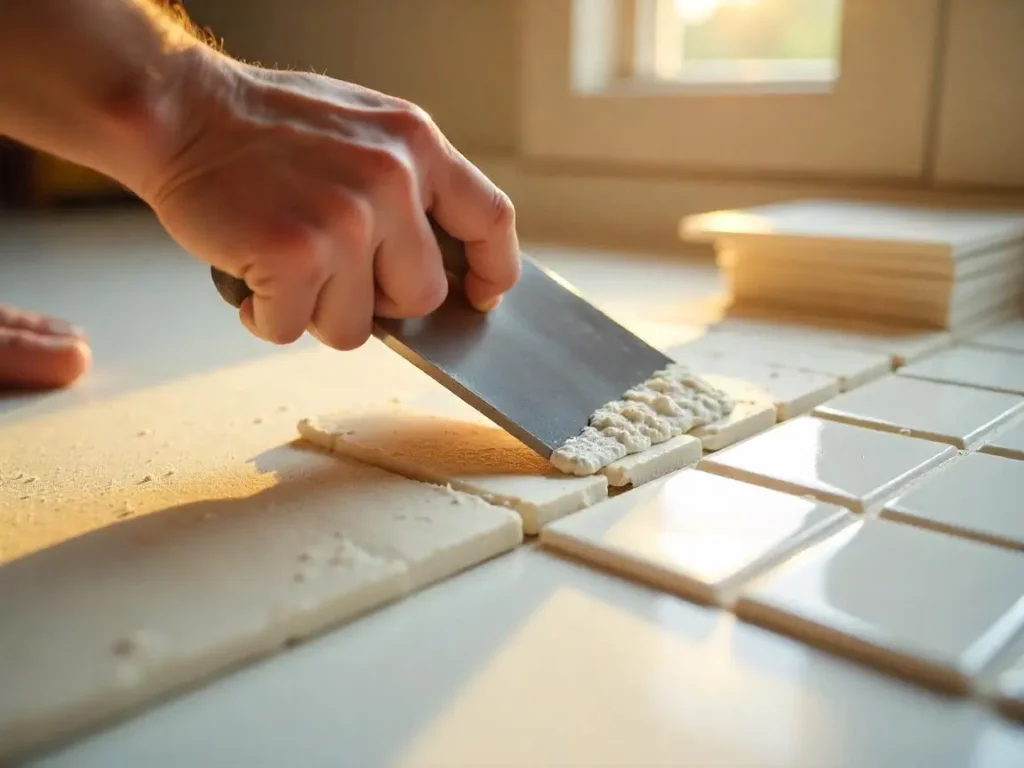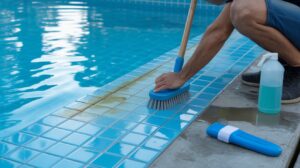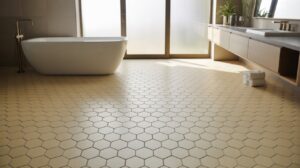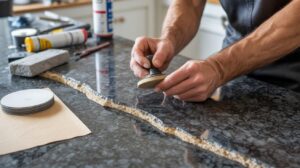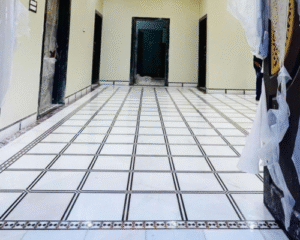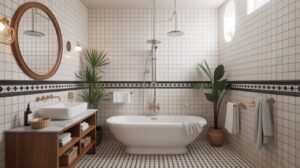No, you don’t always need cement board for a backsplash-especially in most kitchens or dry areas. For many homes in Lowell, installing tile directly on clean, intact drywall is safe, effective, and widely recommended, as long as the area isn’t exposed to constant moisture. However, if your backsplash is in a high-moisture zone-like behind a stove with heavy steam or in a bathroom near a shower-cement board offers extra protection against water damage and mold. Understanding your space’s moisture levels, the type of tile you’re using, and local building codes will help you make the best choice for a backsplash that lasts and looks great in your home. This guide will explore the factors influencing this decision, compare popular backing materials, and provide actionable insights to help you achieve a durable, aesthetically pleasing backsplash.
Understanding Backsplash Requirements: Moisture, Materials, and Codes
A backsplash isn’t just decorative; it’s a protective barrier against spills, steam, and stains. The right substrate (underlying material) balances durability with practicality. Let’s break down the three pillars of decision-making.
Table of Contents
Toggle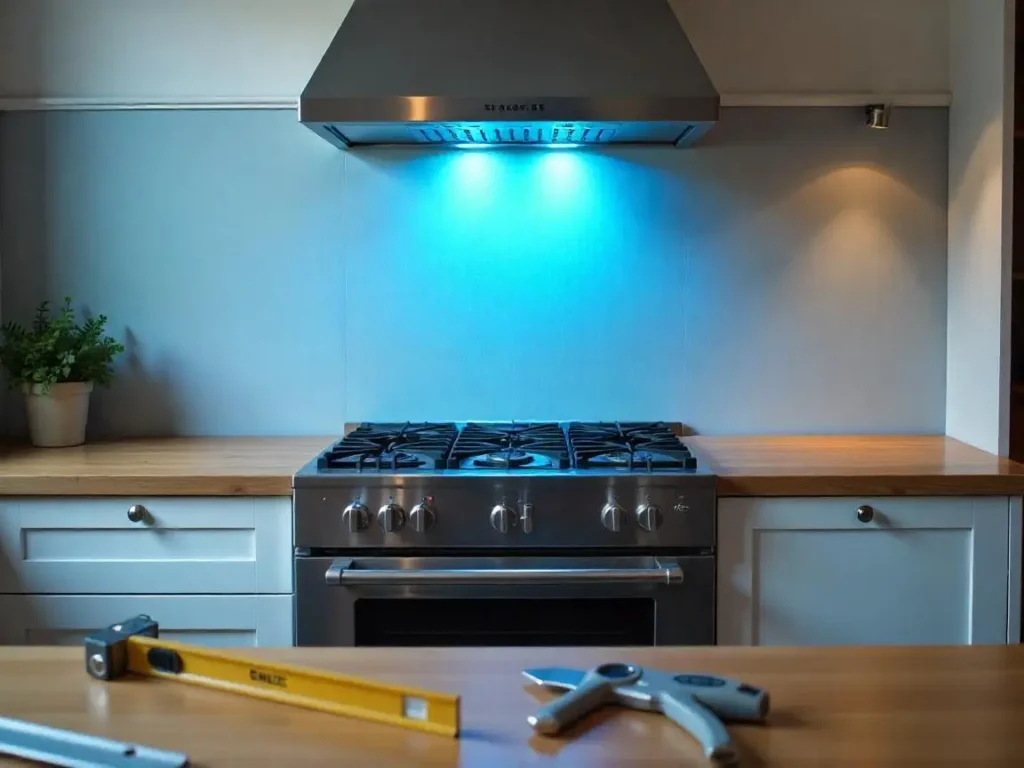
Moisture Exposure: Kitchens vs. Bathrooms
In kitchens, backsplashes behind sinks or stoves face occasional splashes, while bathroom backsplashes near showers endure constant humidity. Cement board’s waterproof properties make it ideal for wet zones like showers, but standard drywall often suffices for kitchens if properly sealed. For example, Lowell’s building codes mandate cement board in showers but rarely require it for kitchen backsplashes.
Tile Weight and Material Compatibility
Heavier tiles-like natural stone or large-format ceramics-demand a sturdy base. Cement board’s rigidity prevents sagging, while lighter materials (e.g., glass mosaics) adhere well to drywall. A marble backsplash, for instance, pairs better with cement board to avoid cracking under weight.
Local Building Codes in Lowell, MA
Always consult Lowell’s regulations. While cement board is compulsory for shower surrounds, kitchen backsplashes typically fall under less stringent rules. Partnering with a professional installer like SF Marble & Granite Inc. ensures compliance and peace of mind.
Cement Board vs. Drywall: Choosing the Right Substrate
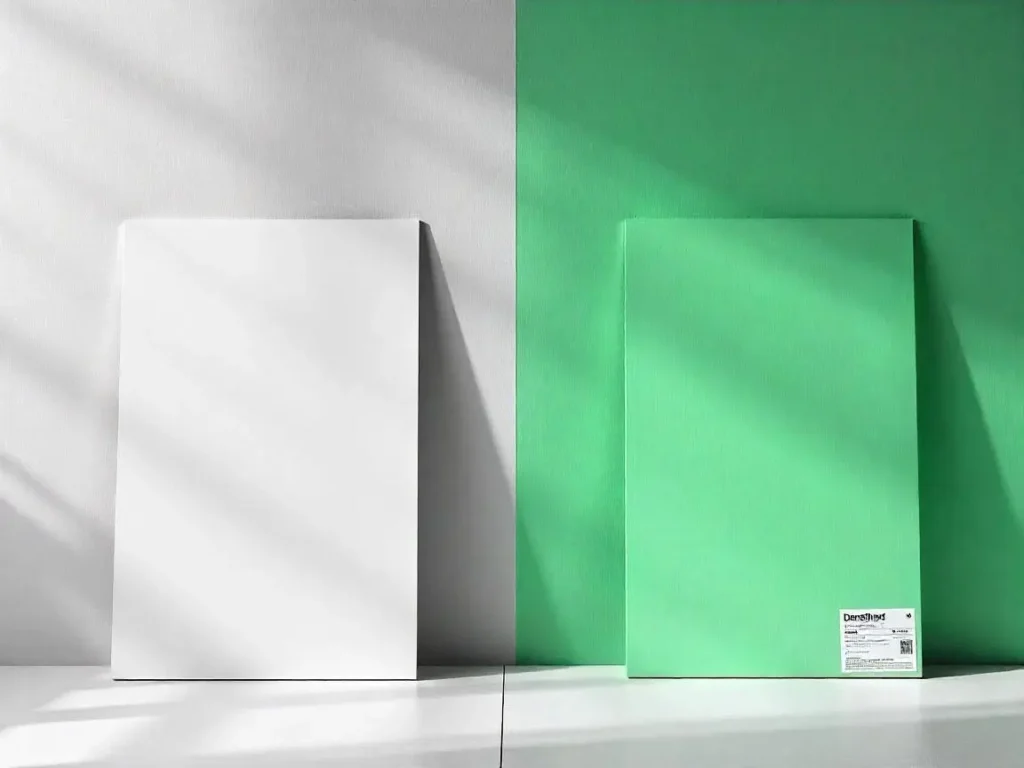
Cement Board: Strength Where It Matters
Cement board, made from Portland cement and fiberglass mesh, excels in wet environments.
- Pros:
- Waterproof: Resists mold and swelling, even in humid Lowell summers.
- Durability: Supports heavy tiles without flexing.
- Longevity: Outlasts drywall in high-splash zones.
- Cons:
- Complex Installation: Cutting generates silica dust; requires screws every 6–8 inches.
- Cost: Higher material and labor expenses than drywall.
Drywall: Budget-Friendly for Low-Moisture Areas
Drywall (gypsum board) is a go-to for cost-conscious projects.
- Pros:
- Easy to Install: Lightweight and DIY-friendly.
- Affordable: Ideal for kitchens with minimal splash risk.
- Cons:
- Moisture Vulnerability: Prone to warping if unsealed.
- Weight Limits: Unsuitable for heavy stone tiles.
Alternative Backing Materials: Beyond Cement and Drywall
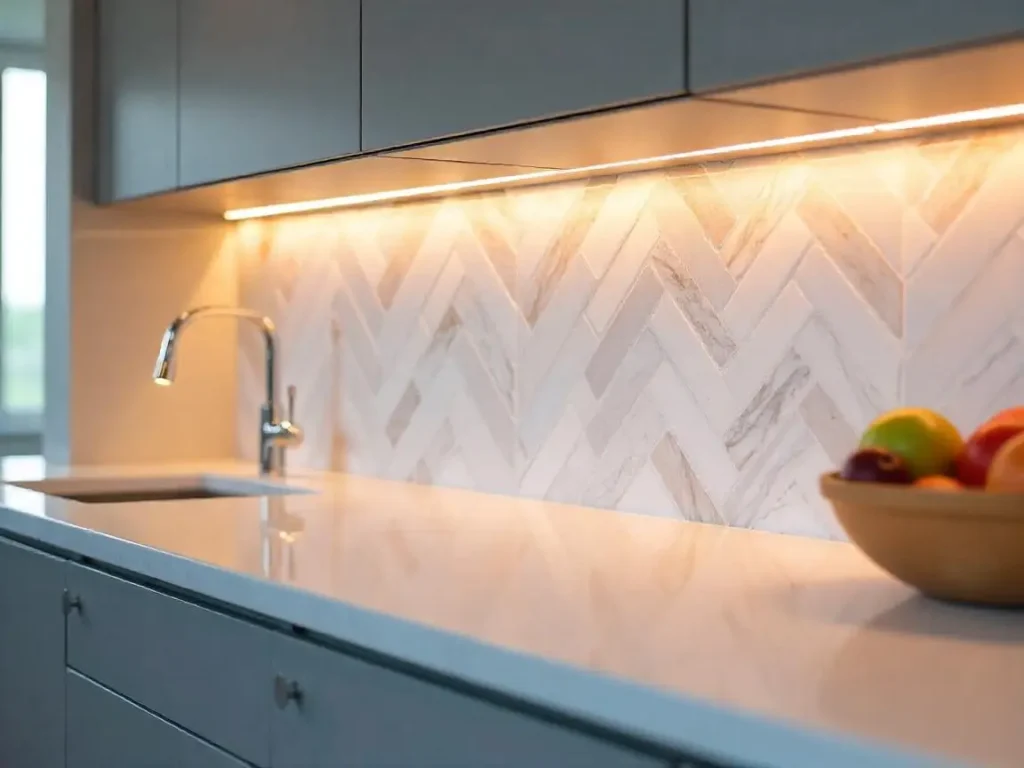
Glass Mat Gypsum Board
This hybrid material combines moisture-resistant gypsum with fiberglass, offering a middle ground. Brands like DensShield provide mold resistance without cement board’s heft, perfect for DIYers.
Foam Tile Backer Boards
Products like Schluter® Kerdi-Board are lightweight, waterproof, and act as uncoupling membranes. They prevent cracks from substrate movement, ideal for uneven walls.
Self-Leveling Underlayment
For wavy surfaces, self-leveling compounds create a smooth base. Though effective, they demand precise application to avoid leaks.
Best Practices for Backsplash Installation
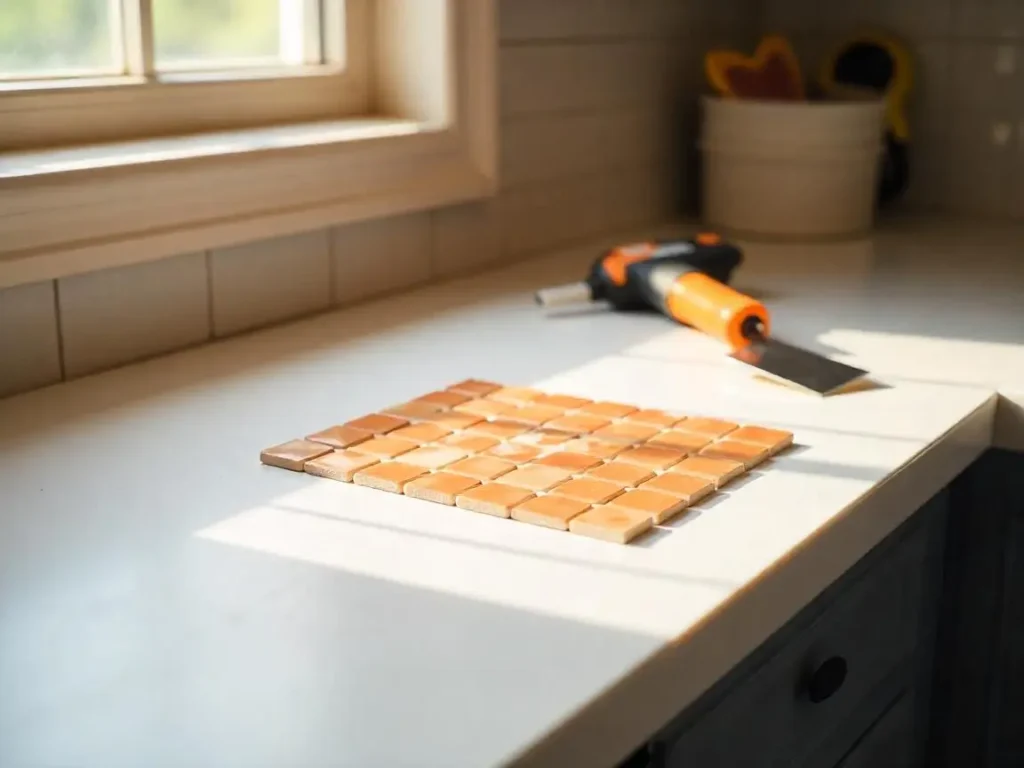
Step 1: Substrate Preparation
- Clean Surfaces: Remove grease or debris for better adhesion.
- Repair Damage: Patch holes in drywall before tiling.
- Prime Drywall: Use a sealing primer to block moisture.
Step 2: Installing Cement Board
- Cutting: Score with a utility knife and snap.
- Fastening: Secure with corrosion-resistant screws.
- Sealing Joints: Use alkali-resistant tape and thin-set mortar.
Step 3: Tiling Techniques
- Adhesive Choice: For drywall, acrylic mastic (e.g., AcrylPro) works well.
- Back Buttering: Ensure 80% mortar coverage on tiles.
- Grout Sealing: Epoxy grout resists stains in kitchens.
Expert Tips for Lowell Homeowners
- Kitchens: Use drywall with silicone caulk along countertops. Save cement board for behind stoves.
- Bathrooms: Opt for cement board or glass mat gypsum near showers.
- Professional Help: Complex layouts or heavy materials? Trust SF Marble & Granite Inc.’s decade of expertise.
When to Choose Cement Board for Your Kitchen Backsplash
Not sure if you need cement board for your backsplash? For most kitchen backsplashes in Lowell, standard drywall works perfectly fine as long as it’s clean, dry, and in good condition. Cement board becomes necessary only in high-moisture areas like bathrooms or behind sinks that experience heavy water exposure. At SF Marble & Granite, our Backsplash Installation in Lowell service includes expert assessment of your space to determine the right substrate. We’ll help you decide whether drywall is sufficient or if cement board would provide the extra protection your project needs, ensuring your beautiful new backsplash stands the test of time without unnecessary expenses or complications.
Conclusion
While cement board isn’t mandatory for most kitchen backsplashes, it’s invaluable in moisture-heavy areas. For Lowell homeowners, drywall paired with proper sealing often strikes the perfect balance. Yet, in bathrooms or high-traffic kitchens, cement board’s resilience justifies the investment.
SF Marble & Granite Inc. simplifies this decision with tailored solutions. From marble countertops to granite backsplashes, our 10+ years of expertise ensure your project aligns with Lowell’s standards and your design vision. Contact us to explore durable, stunning backsplash options today.
Citations reflect insights from industry standards, product guidelines, and installation best practices.
FAQs
Can I tile directly over existing drywall?
Yes, if it’s intact and in a low-moisture area. Sand rough spots and apply primer first.
Is grout sealing enough to prevent water damage?
Sealing helps, but pair it with a waterproof substrate in wet zones.
How much does cement board installation cost?
Cement board runs $10–$15 per sheet, plus $2–$4/sq. ft. for professional installation.
Are peel-and-stick tiles suitable for drywall?
Yes, but avoid placing them near sinks or stoves.

